10 Ways to Tell If Your Dog Is Happy
Dogs don’t need words to tell you how they’re feeling. They show it in the way they look at you, flop onto the couch, or dart around the yard like their paws are on springs. If you’re paying attention, the clues are easy to spot. Here’s how to tell if your dog is truly enjoying life with you.
The Full-Body Wiggle

Credit: iStockphoto
When your dog’s tail wags so hard that it shakes their whole back half, that’s more than basic excitement. It’s a full-body giveaway that they’re happy to see you or thrilled about what’s happening. The wiggly dance often kicks in when a favorite person comes home or a leash appears.
Zoomies Out of Nowhere
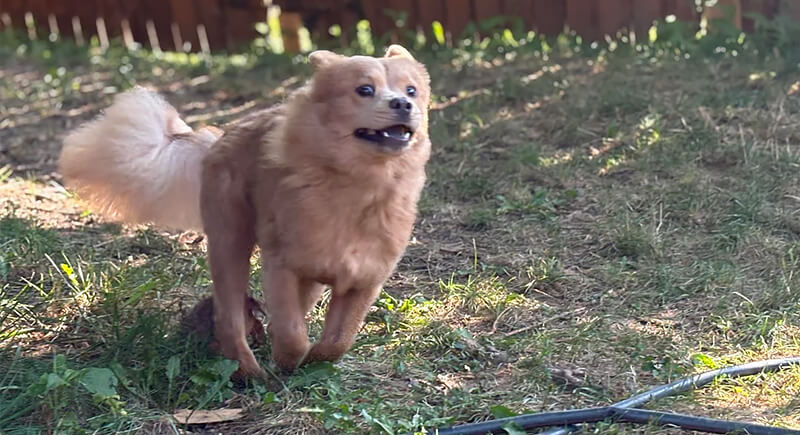
Credit: Reddit
A dog will suddenly tear through the room, skid around corners, and loop back like it has somewhere urgent to be. That burst of wild energy is common (known as zoomies), especially in puppies, and grown dogs often get it after a bath or during play.
Soft Eyes and a Relaxed Face

Credit: Reddit
A happy dog doesn’t stare with a frozen gaze. Their eyes look soft, sometimes blinking slowly, and their brow stays smooth. Their mouth might be open a little, with no signs of tension around the jaw. This expression usually means they feel safe and comfortable.
The Play Bow Invitation
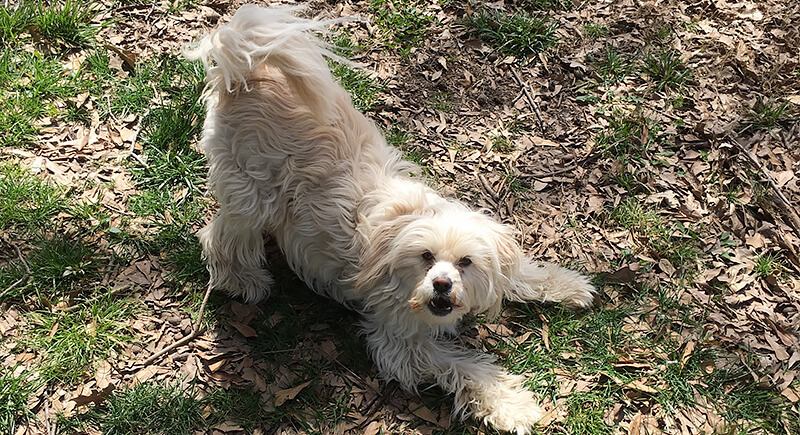
Credit: Wikimedia Commons
When a dog stretches their front paws forward, drops their chest low, and sticks their rear end in the air, it’s a classic “play bow”—a friendly invitation to play. It’s an unspoken signal that says they’re ready for fun and feel safe enough to act silly.
Following You Around—Without Needing Anything
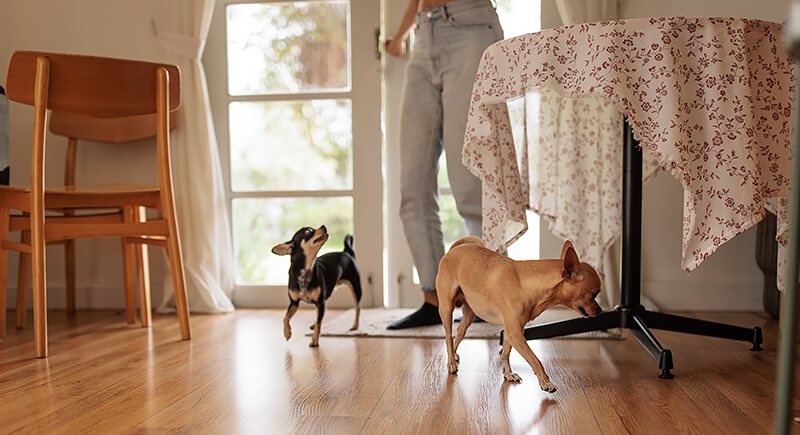
Credit: iStockphoto
Not every shadow-following moment is about snacks. Dogs are social animals, and sticking close can be its own reward. They might sit nearby during dinner or trail you into the bathroom (rude, but affectionate). This kind of attachment is a hallmark of a dog who feels secure.
A Healthy Appetite
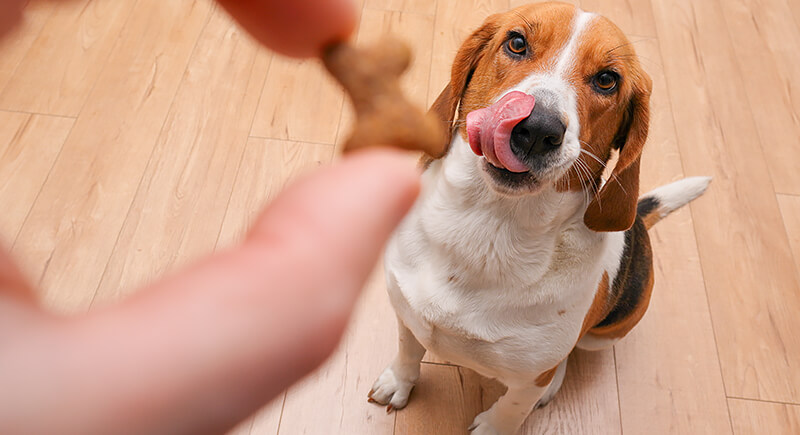
Credit: iStockphoto
When a dog suddenly loses interest in food or treats they usually enjoy, it can point to stress or discomfort. On the flip side, a happy dog is typically eager for meals and snacks and doesn’t need coaxing to finish the bowl.
Leaning Into Touch
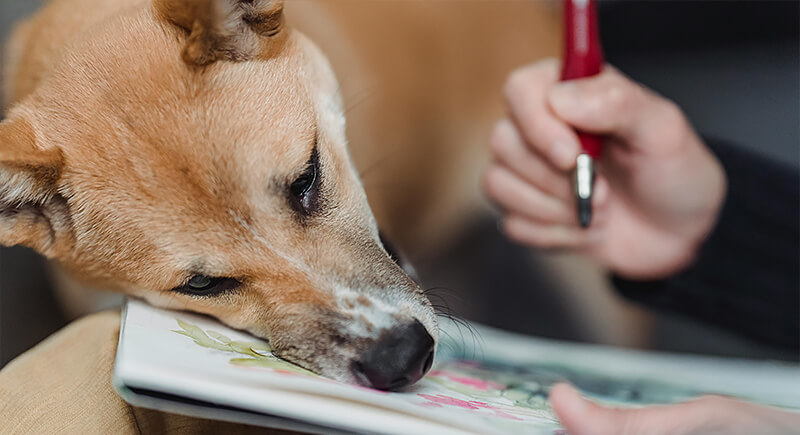
Credit: pexels
You might feel their head press against your hand or their body settle next to you like a weighted blanket with fur. Touch boosts oxytocin in dogs and humans, a hormone linked to bonding and emotional calm. So yes, a dog that cuddles is probably doing just fine.
Sleeping Like They Mean It

Credit: Reddit
It’s common for happy adult dogs to sleep 12–16 hours a day, with older dogs sleeping even more. A dog passed out belly-up on the floor or curled peacefully on the couch is showing that they feel safe. Dogs that feel relaxed in their surroundings get deep, uninterrupted sleep.
Willingness to Engage on Walks
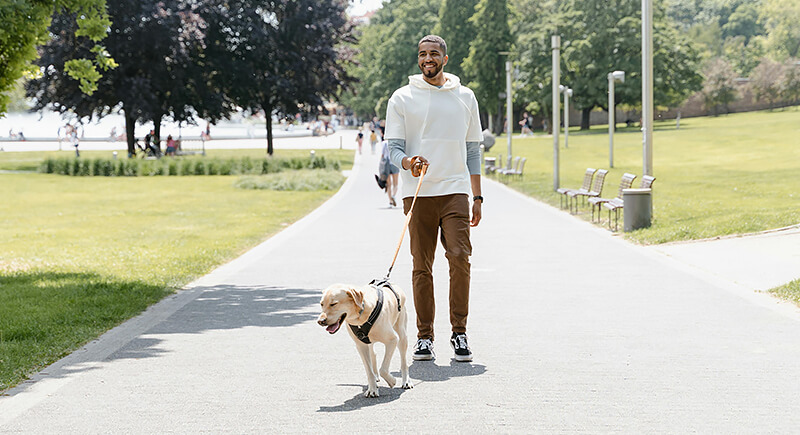
Credit: pexels
When a dog walks with you, looks back to check in, and reacts to your voice, it signals a strong bond. A content dog stays aware of you, matches your pace, and looks up for guidance instead of disappearing into every smell on the path.
Enjoys Their Usual Activities

Credit: pexels
Every dog has their own version of fun. It might be fetch, swimming, nose-work games, or simply sunbathing. If they’re still interested in the activities they’ve always liked, that’s a solid indicator they feel good physically and emotionally.